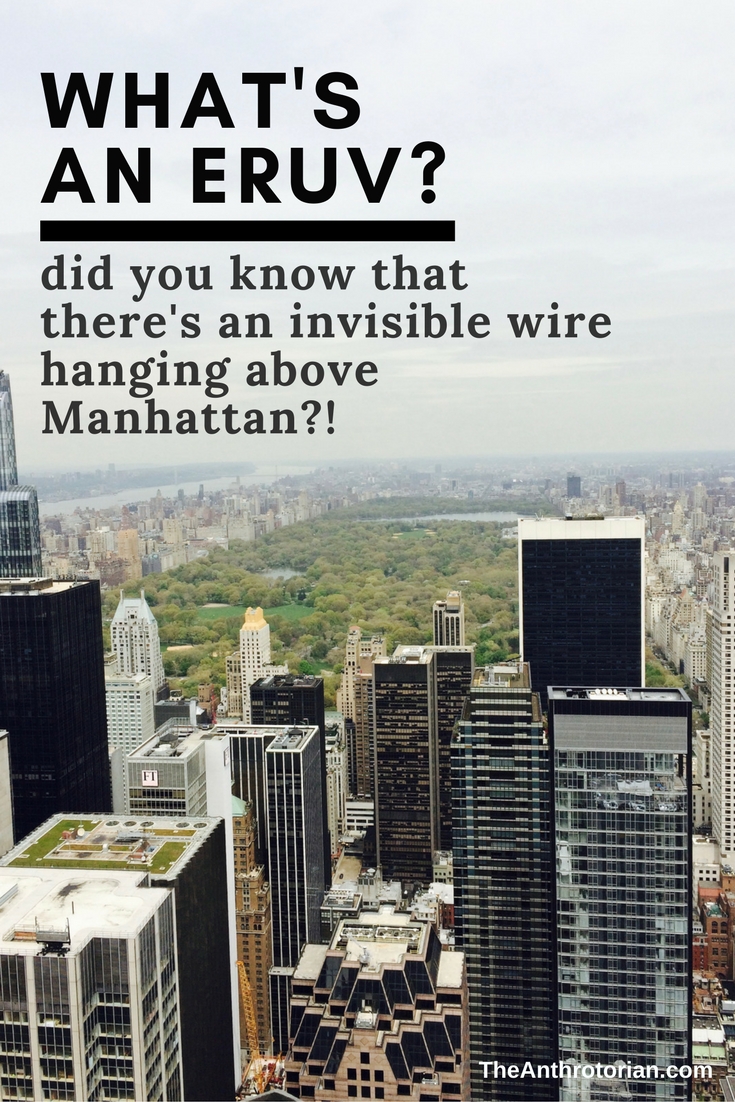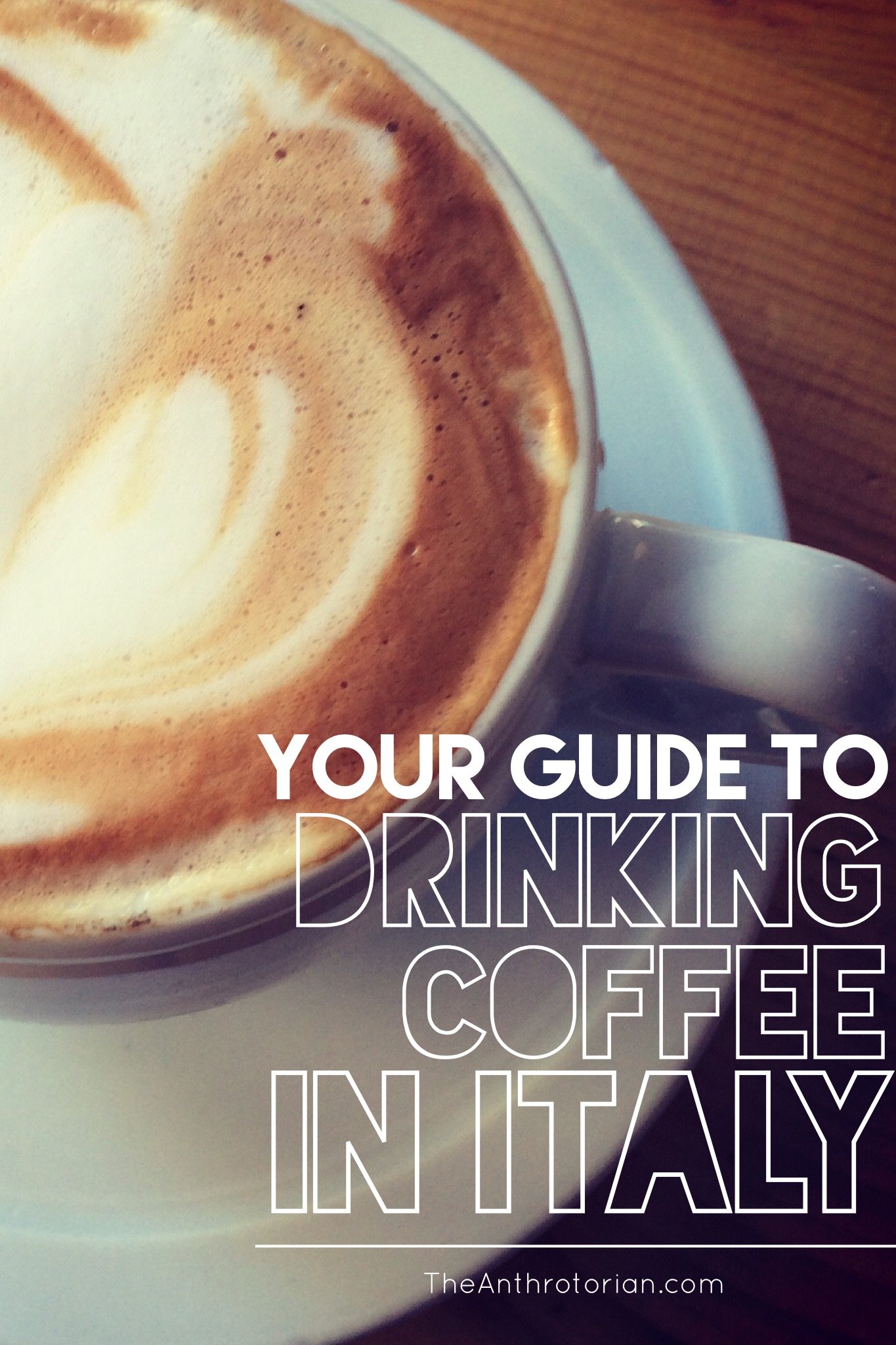What's a flashpacker? What's the difference between a flashpacker and a backpacker?
'Flashpacker' does not refer to packing REALLY fast (though if you are a speedy packer, I applaud you... it takes me forever).
This word refers to an entirely different phenomenon. According to Wikipedia:
“Flashpacking is a combination of flash, as in fancy, with backpacking, used to refer to an affluent backpacker. Flashpacking has an association of more disposable income while traveling and has been defined simply as backpacking with a bigger budget.”
I still remember the first time I threw my life on my back, wore the same thing everyday until it was full of holes, and then kept wearing it. When I slept in a room with 19 other people and was shocked at the thought of paying more than $5 for a meal. I would walk an hour to avoid paying for a bus, and spend 2 hours on a bus instead of paying for a cab — in other words, I am no stranger to travelling on a shoestring.
There is something that I love about being a backpacker that no 5-Star Hotel can ever give me.
Six of the 19 other people in that cramped hostel room with me became life-long friends, I have memories of never ending laughter on overnight train rides, and having some of the best meals of my life, perched on a stool next to a street food stall.
These are experiences and memories that can never be taken away, and that I never want to give up, but lets be serious, a 30-something wearing no makeup, staying in hostels, and wearing clothes full of holes can look a little like, well, a desperate homeless person.
Enter the Flashpacker.
According to Amanda Kendle, a writer for Vegabondish:
“A flashpacker shares many of the same characteristics of a backpacker — a sense of independence, no fixed itinerary and relatively long periods of travel to more exotic and far-flung destinations. Whereas backpacking is traditionally associated with budget travel and destinations that are relatively cheap, flashpacking has an association of more disposable income while traveling and has been defined simply as backpacking with a bigger budget. ”
In order to be a successful Flashpacker, there are a few things to think about:
Don't Book Ahead
ost of us have 'real' jobs now and instead of having months to take off on our adventures, we have to pack it into a week or two. Resist the urge to pre-book your trip. You didn't do it as a backpacker — you just went with the flow, and that is when the life-changing moments happen.
Try A Volunteer Vacation
Now that you have a bit more money to pay for the expenses to get you there, try a trip that involves giving back.
Stay Carefree
You went with the flow before, why change that now?
Don't Feel Like Less of a Traveller For Flying
You more than likely don't have as much time as before, and trains and boats may not be an option if you are wanting to hit multiple destinations in one trip. Flying may be the only one, and if you are anything like me, you will feel like you are cheating by jumping on a plane. Don't. If it wasn't for that plane, you wouldn't be able to see everything that you wanted to — if it makes you feel better, take a budget airline.
Don't Feel Bad About Spending Money
You may still be on a budget, but it is A LOT bigger than it was 10 years ago. Buying that slightly more expensive coffee, beer, or meal isn't going to break the bank or take away your 'hardcore traveller' status.



















